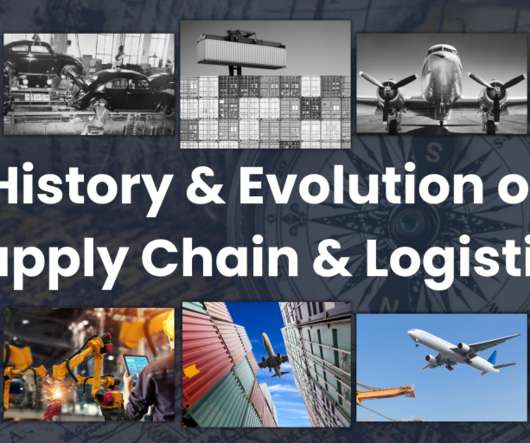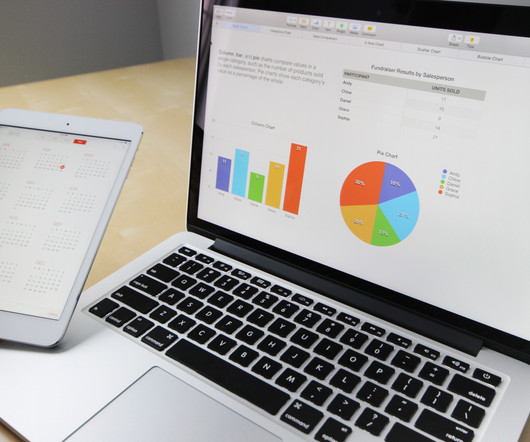How Modern Software Empowers Procurement with Agility and Resilience in Times of Crisis
ivalua
DECEMBER 14, 2020
The pandemic wreaked havoc on businesses and their supply chains, but even in these trying times, there’s a silver lining. What we learned about agility and resilience can be applied to future-proof the source-to-pay (S2P) process and help organizations meet any new challenge with confidence.













Let's personalize your content